Charles Dessalines D’ Orbigny’s 1849 “Dictionnaire Universel D’histoire Naturelle”. This universal dictionary of nature is regarded to have some of the finest examples of 19th Century natural history art. Here I have curated the best vintage animal prints from this seminal work.
Charles Dessalines D’ Orbigny’s, began with a medical career before turning to the natural sciences. In 1835, he became a naturalist assistant at the Natural History Museum in Paris and published scientific books and articles.
At the time that Orbigny wrote this dictionary to explain the study of natural history which was being structured into a true science of nature. The aim of this was to explore and explain the world as a whole.
Natural science was subdivided into a series of major fields of study (zoology, geology, biology, astronomy, etc.), themselves subdivided into a multitude of specialties (ornithology, anatomy, paleontology, etc.).
The Stunning Mammal Illustrations from “Dictionnaire Universel D’histoire Naturelle“
The collection of animal prints here concentrates on the paintings and illustrations in the book that relate to zoology in particular mammalogy.
I think these prints would look fabulous framed and hung as a gallery wall in a kids room or even the classroom.
Click on the title of the vintage animal prints to download them. The download will be of a higher resolution.
The Vintage Animal Illustrations
1. Vintage Giraffe Print
Giraffes are the tallest land mammals and are found only in sub-Saharan Africa. Even though they are known for their long necks, their legs are so long that they can’t touch the ground with their heads.
That is why you see giraffes with their legs awkwardly sprayed when drinking water. Lucky for them they only need to drink once every few days.
I love this beautiful vintage animal print of a giraffe in its natural habitat. If you look closely you can see more giraffes in the background.
2. Vintage Chimpanzee Illustration
The Chimpanzee is another sub-Saharan African mammal and one of the great apes. They are our closest living relative, sharing 98% of human DNA. The average life span of the chimpanzee in the wild is 33years but chimps in captivity have been known to live over 60 years.
3. Indian Elephant Print
The main difference between the African and Indian Elephants besides where they live, is their ears. African elephant ears are much larger than those of the Indian elephant and are said to resemble in shape the |African continent.
Indian elephants are not just found in the Indian Subcontinent they are also found in these other Asian countries, Sri Lanka, Nepal, Bangladesh, Bhutan, Myanmar, Thailand, Malay Peninsula, Laos, China, Cambodia, and Vietnam
As a child, I remember sitting on an elephant’s knee in Sri Lanka and being quite surprised how prickly it was. It was like sitting on a very stiff scrubbing brush. I didn’t even know they had hairy knees.
Like with many of Charles D’ Orbigny’s vintage animal prints, it’s the details in the background that make them special. This print is no exception, with the temple and ceremonial elephants in the background.
4. Vintage Animal Prints – Hippopotamus
Another mammal that is native to sub- Saharan Africa. The name hippopotamus derives from the ancient Greek word for “river horse”. Hippos are the third-largest land mammals, after the elephant and rhino.
Even though they resemble rather large pigs, the hippo’s closest living relatives are whales and porpoises.
5. Rhinoceros Vintage Animal Print
Rhinoceros means “nose horn”. Like the elephant, rhinos are native to both Africa and Asia. Despite their huge size and strength, rhinos don’t prey on other animals for food. They’re herbivores and eat mainly a grass-based diet.
6. Jaguar animal print
The next illustration in this collection of vintage animal prints is that of a jaguar. When I first saw this painting I thought it was a leopard.
Leopards and Jaguars are very similar. However, jaguars are native to the Americas and Leopards are native to Africa and Asia. Jaguars are also larger and sturdier, they are the third-largest wild cat species after lions and tigers.
7. Dromedary Camel Print
The dromedary camel is also known as an Arabian Camel. The main difference between dromedary camels and other camels is that they have one hump and not two. Dromedary camels are the largest of all the camel species and are totally domesticated, there are no wild dromedary camels.
Known as “ships of the desert” as they have been used for thousands of years to transport goods. The camels can carry up to 600lbs on their backs and go for up to six months without food or water.
8. Vintage Animal Prints – Brown Bear
Brown bears are found all over the world. In North America, they are often referred to as “Grizzlies”. The bears are omnivorous and they have one of the greatest variety of foods in their diets of any animal in the world. Despite their size brown bears, are surprisingly fast, they can run up to 30mph.
Again another one of the vintage animal prints with interesting illustrations in the background. This time it’s a trio of cubs playing.
9. Lioness and cubs
This is a gorgeous animal painting, showing a lioness feeding her three cubs. Lions typically have two to three cubs in a litter.
Lions are known as the “king of the jungle”, which is a bit of anomaly as they don’t live in the jungle. A lion’s habitats are the Savannah’s and grasslands of sub-Saharan Africa.
It is perhaps due to this reputation as the king of the jungle that the lion is one of the most widely used animal images. You will spot lion sculptures in front of many buildings all over the world (especially in China).
A lion even features on national flags, such as the Sri Lankan flag. Lions are a feature in many paintings, contemporary films, and literature. The England football team even has three lions on their shirts.
10. Kangaroo Print
Wild kangaroos are only found in Australia and are a national symbol of the country. There are estimated to be over 30 million kangaroos in the country.
11. Duck-Billed Platypus
Another mammal only found in Australia. Duck-billed platypi are the only mammals that lay eggs. They are also the strangest of looking mammals. When the first Platypus skin was brought back to the UK British scientists where sure it was a hoax, believing that a taxidermist had sewn a duck’s beak to the body of a beaver.
12. White-faced Capuchin Monkey
The white-face Capuchin monkey is a native of South America.
Many of these large mammals can be found on the wonderful zoological posters from the French Larousse Illustrated Dictionaries.
Don’t forget to check out these other fabulous copyright free animal prints.
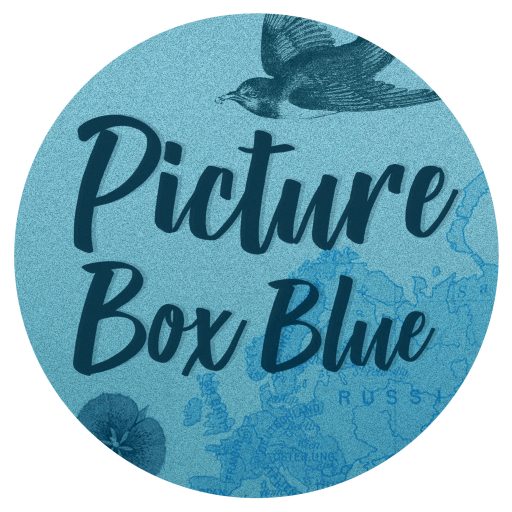
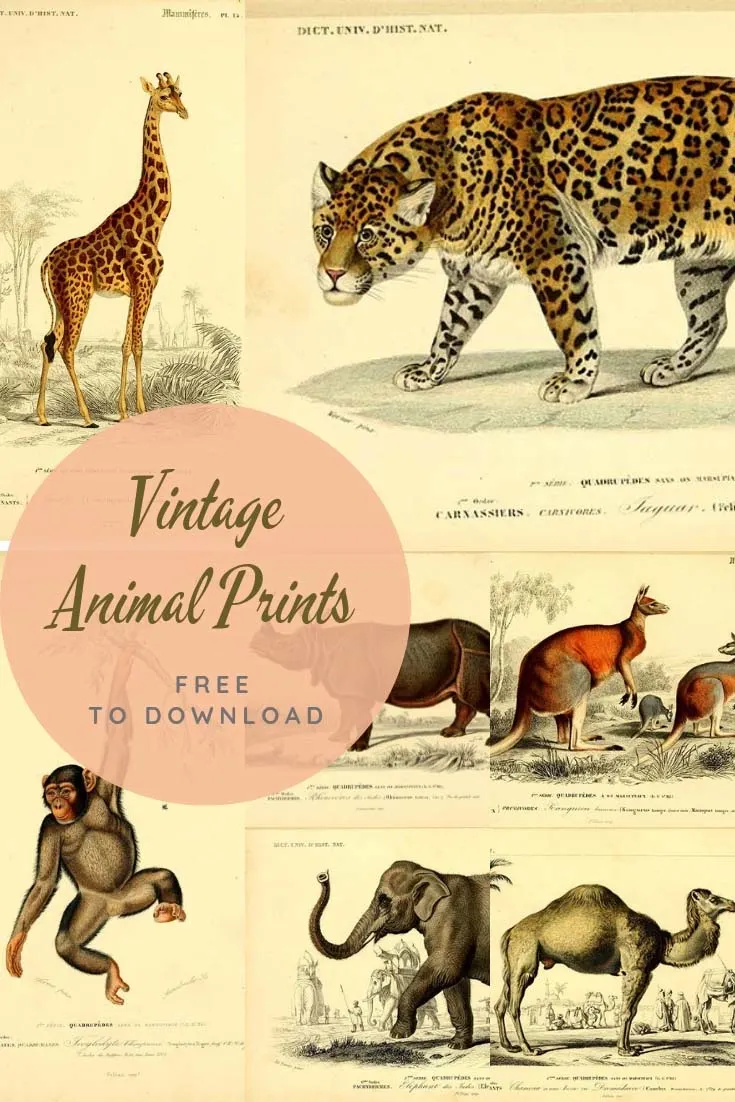
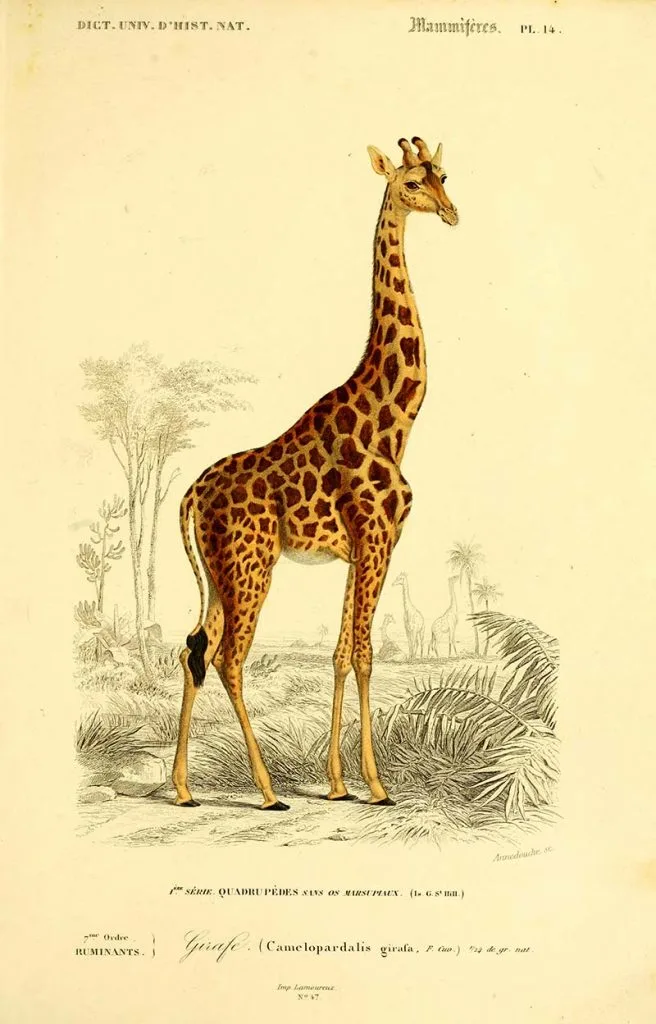
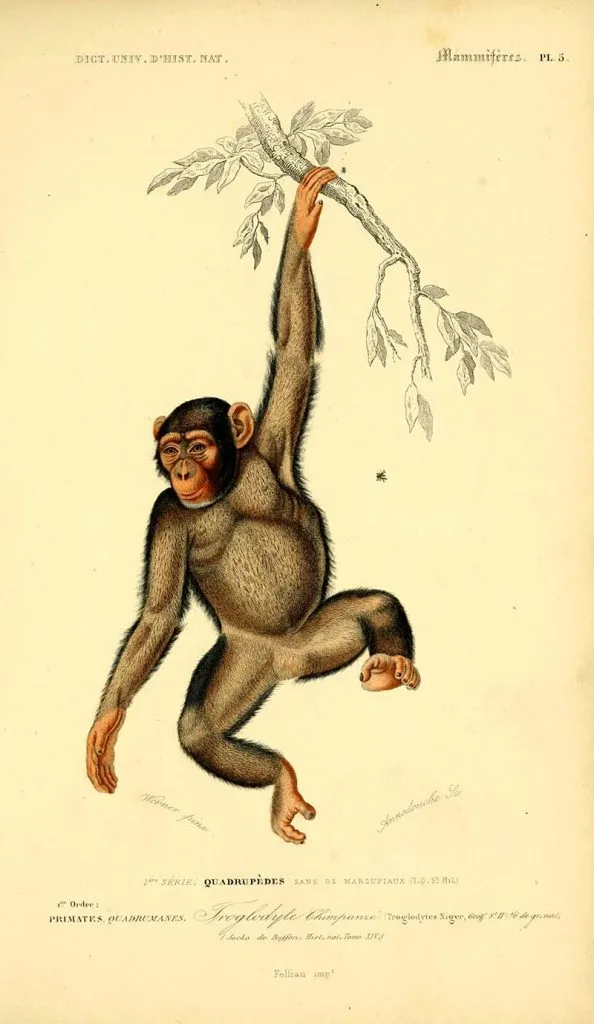
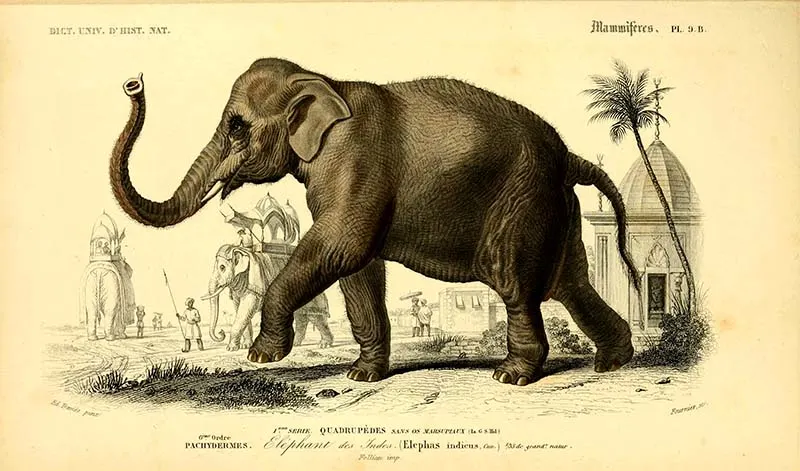
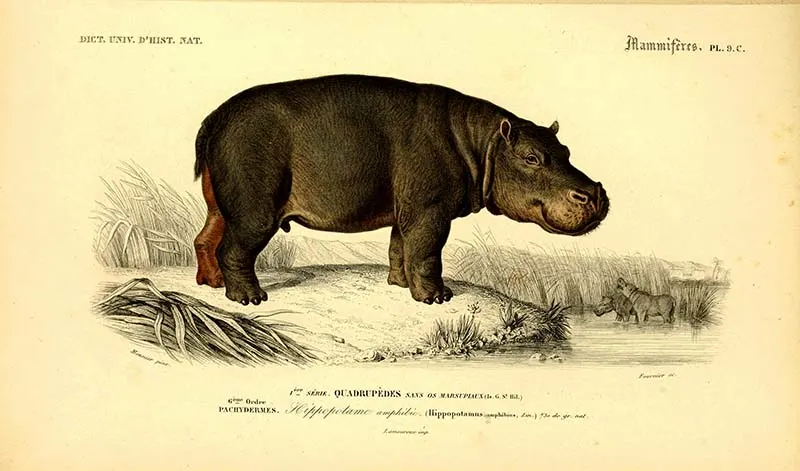
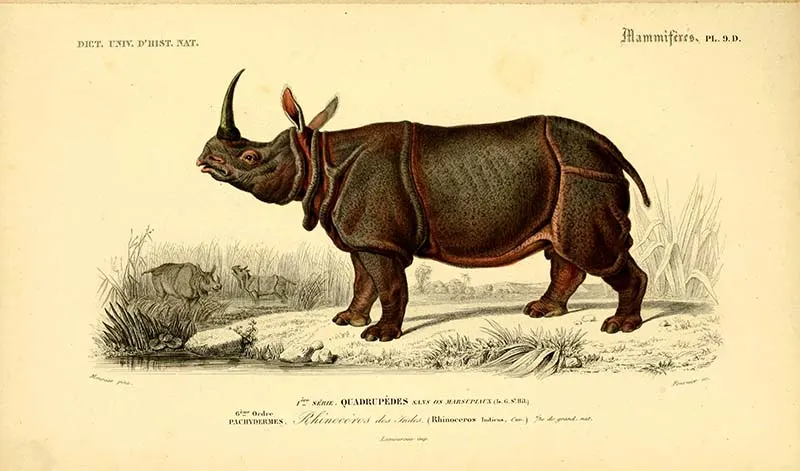
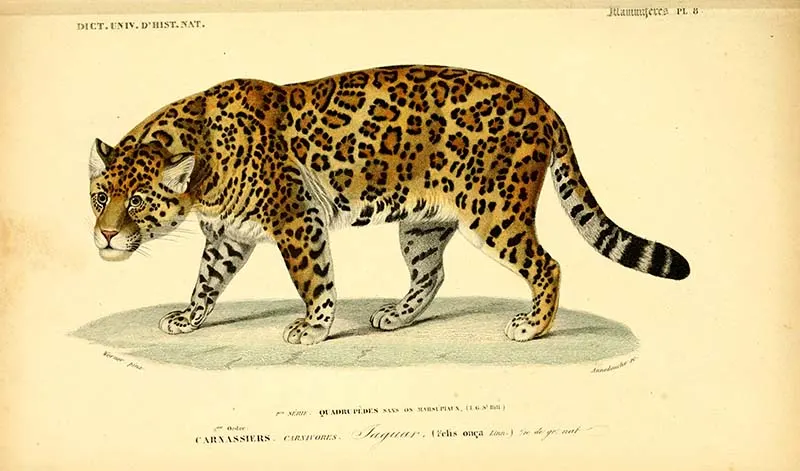
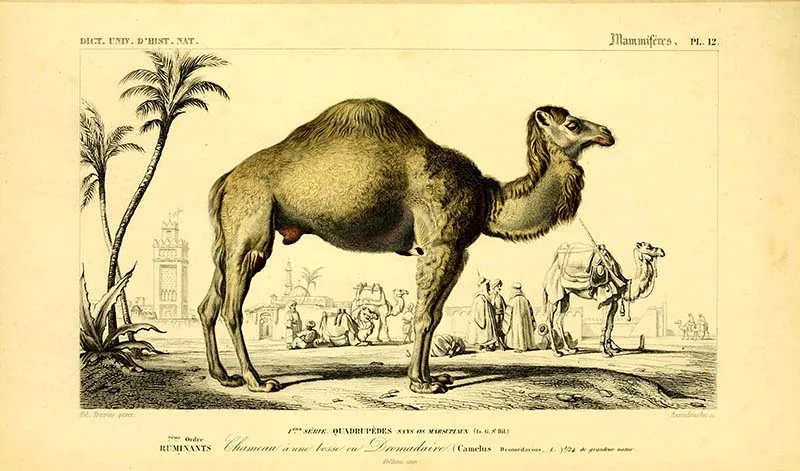
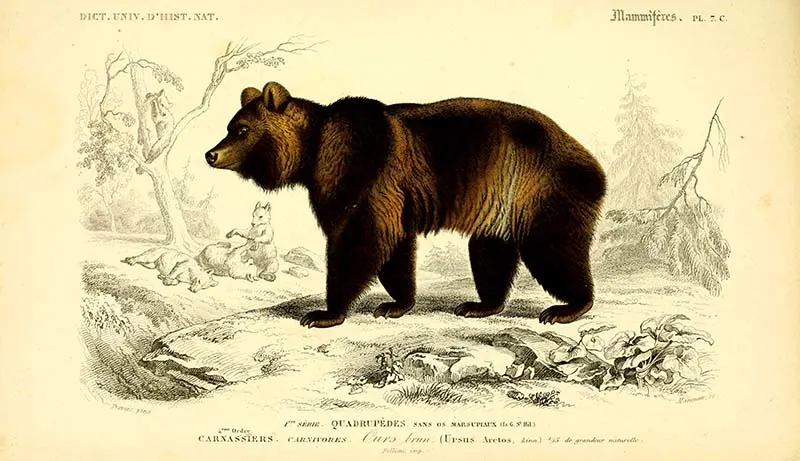
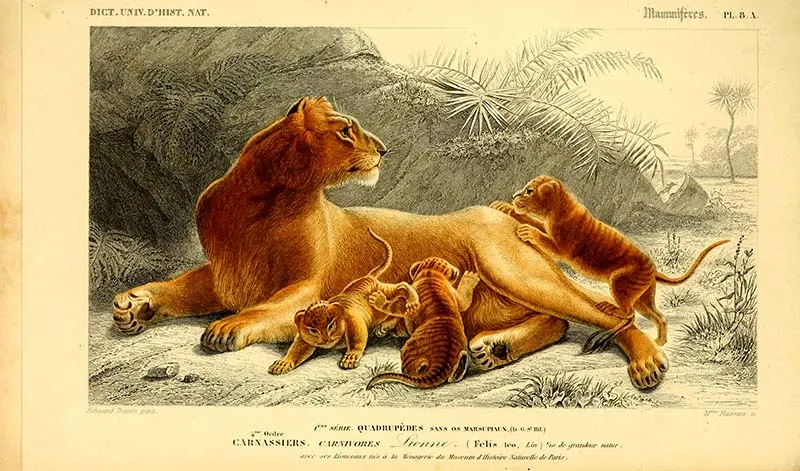
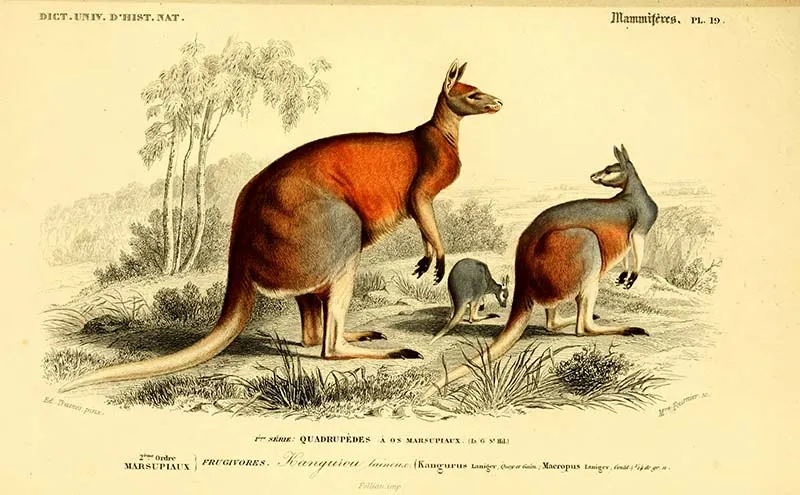
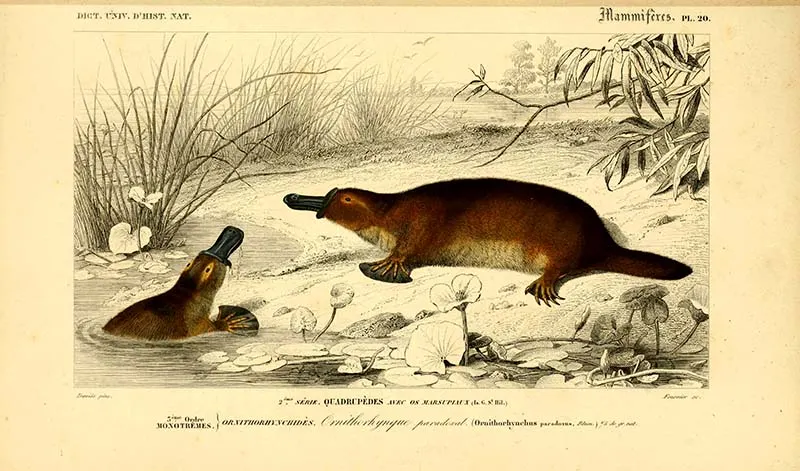
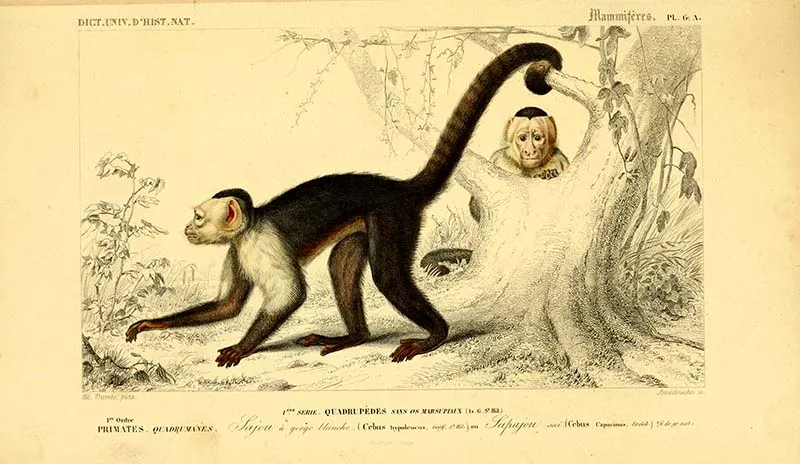
Melanie
Sunday 10th of November 2019
These are lovely Julie. Just an update - platypi are not mammals but are monotremes and there are 2 of these in Australia (nowhere else)The other is the echidna, also very weird!
Marta Adair
Sunday 1st of December 2019
Both platypuses and echidnas are, indeed, mammals. The monotreme designation refers to their laying of eggs rather than live birth. Both have mammary glands and feed their babies milk, hence mammals.
claire
Sunday 10th of November 2019
Thank you for the update, you learn something new every day.
Susan Hay
Thursday 31st of October 2019
Fabulous thank you very much ..Susan
claire
Thursday 31st of October 2019
Thank you 😊
Tricia Sullivan
Wednesday 5th of June 2019
When I click on it, it pulls it up & my only option to save is to print as a PDF & save it to my phone. However, it spreads it over 3 pages & I can not figure out how to fit to one page. They are beautiful.
claire
Wednesday 5th of June 2019
There should be an option with your printer to tick a box to shrink to fit page.
Cecilia
Monday 13th of May 2019
A wonderful collection as always! Thanks for sharing at Vintage Charm!
claire
Tuesday 14th of May 2019
Thank you 😊
Julie Briones
Wednesday 8th of May 2019
These are SO nice, Claire! Great for a young man's room, or den! Thanks for sharing on Homestyle Gathering!
claire
Thursday 9th of May 2019
Thank you, Julie. I think they would be lovely for decoupage projects too.